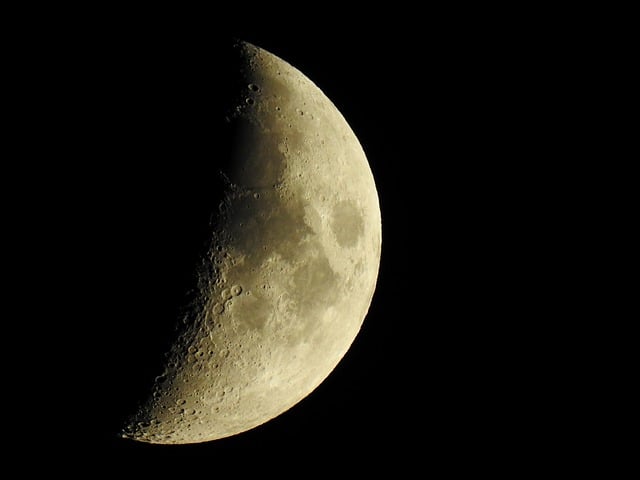China set to launch high-stakes mission to moon’s ‘hidden’ side

China will send a robotic spacecraft in coming days on a round trip to the moon’s far side in the first of three technically demanding missions that will pave the way for an inaugural Chinese crewed landing and a base on the lunar south pole.
This week, China is expected to launch Chang’e-6 using the backup spacecraft from the 2020 mission, and collect soil and rocks from the side of the moon that permanently faces away from Earth.
With no direct line of sight with the Earth, Chang’e-6 must rely on a recently deployed relay satellite orbiting the moon during its 53-day mission, including a never-before attempted ascent from the moon’s “hidden” side on its return journey home.
The same relay satellite will support the uncrewed Chang’e-7 and 8 missions in 2026 and 2028, respectively, when China starts to explore the south pole for water and build a rudimentary outpost with Russia. China aims to put its astronauts on the moon by 2030.
On Chang’e-6, China will carry payloads from France, Italy, Sweden and Pakistan, and on Chang’e-7, payloads from Russia, Switzerland and Thailand.
Chang’e 6 will attempt to land on the northeastern side of the vast South Pole-Aitkin Basin, the oldest known impact crater in the solar system.
After touchdown at Malapert A, a site near the south pole that was believed to be relatively flat, the spacecraft tilted sharply to one side amid a host of technical problems, reflecting the high-risk nature of lunar landings.
The south pole has been described by scientists as the “golden belt” for lunar exploration.
Polar ice could sustain long-term research bases without relying on expensive resources transported from Earth. India’s Chandrayaan-1 launched in 2008 confirmed the existence of ice inside polar craters.
Chang’e-6’s sample return could also shed more light on the early evolution of the moon and the inner solar system.
Chang’e-6, after a successful landing, will collect about 2 kilogrammes (4.4 pounds) of samples with a mechanical scoop and a drill.









